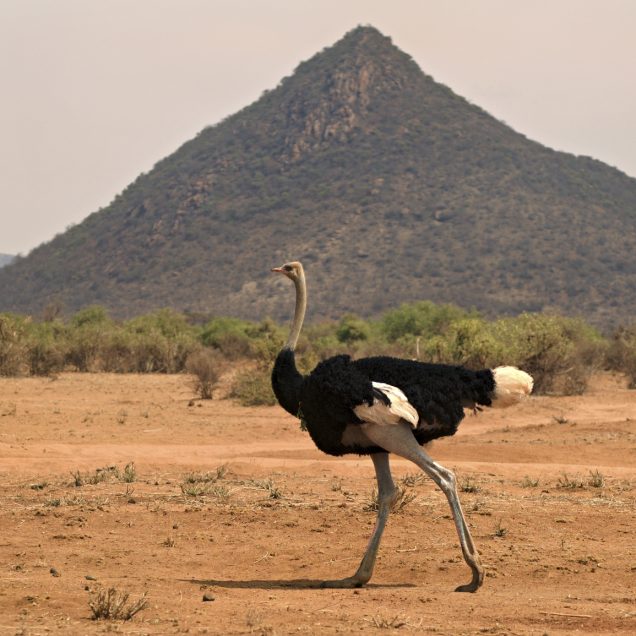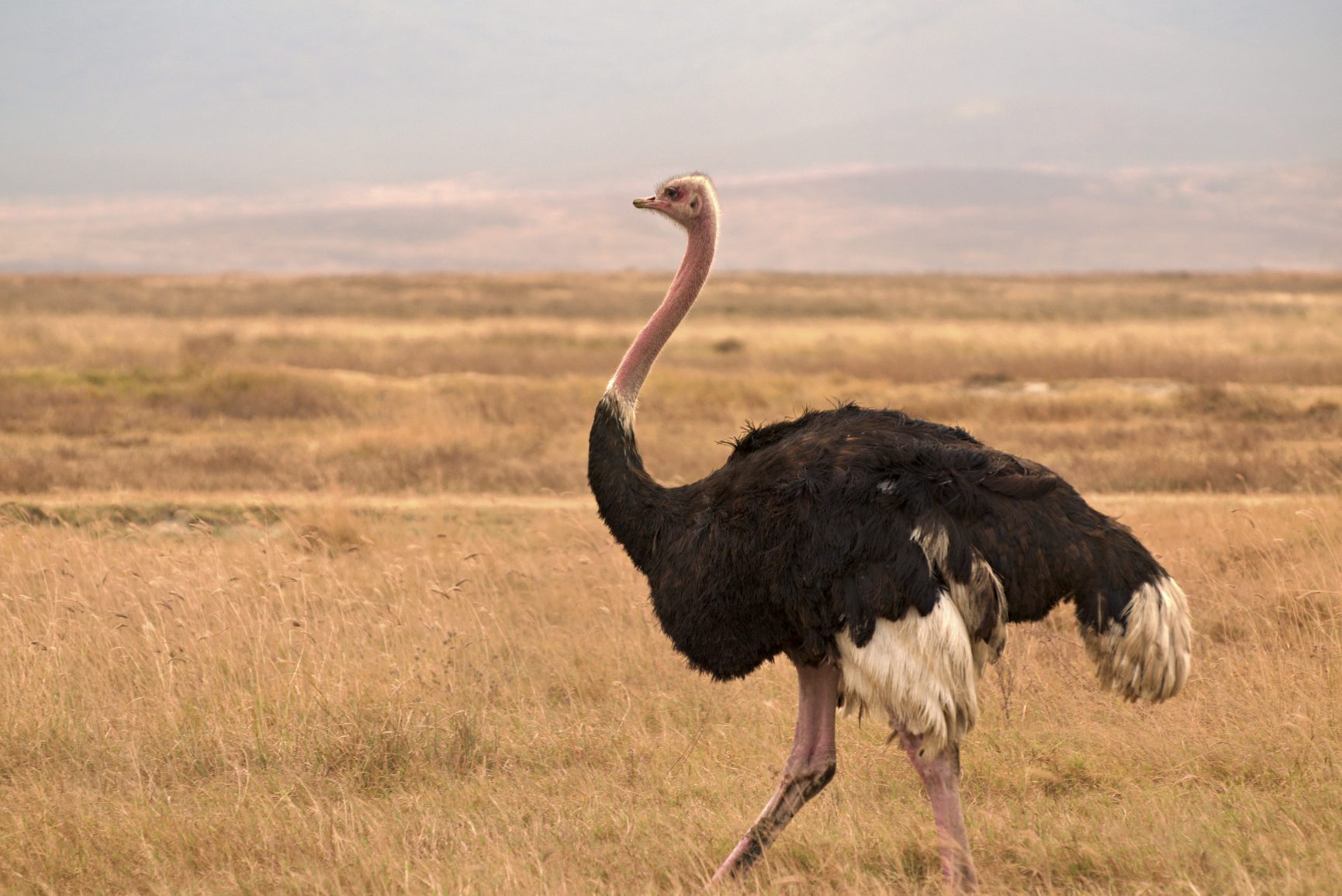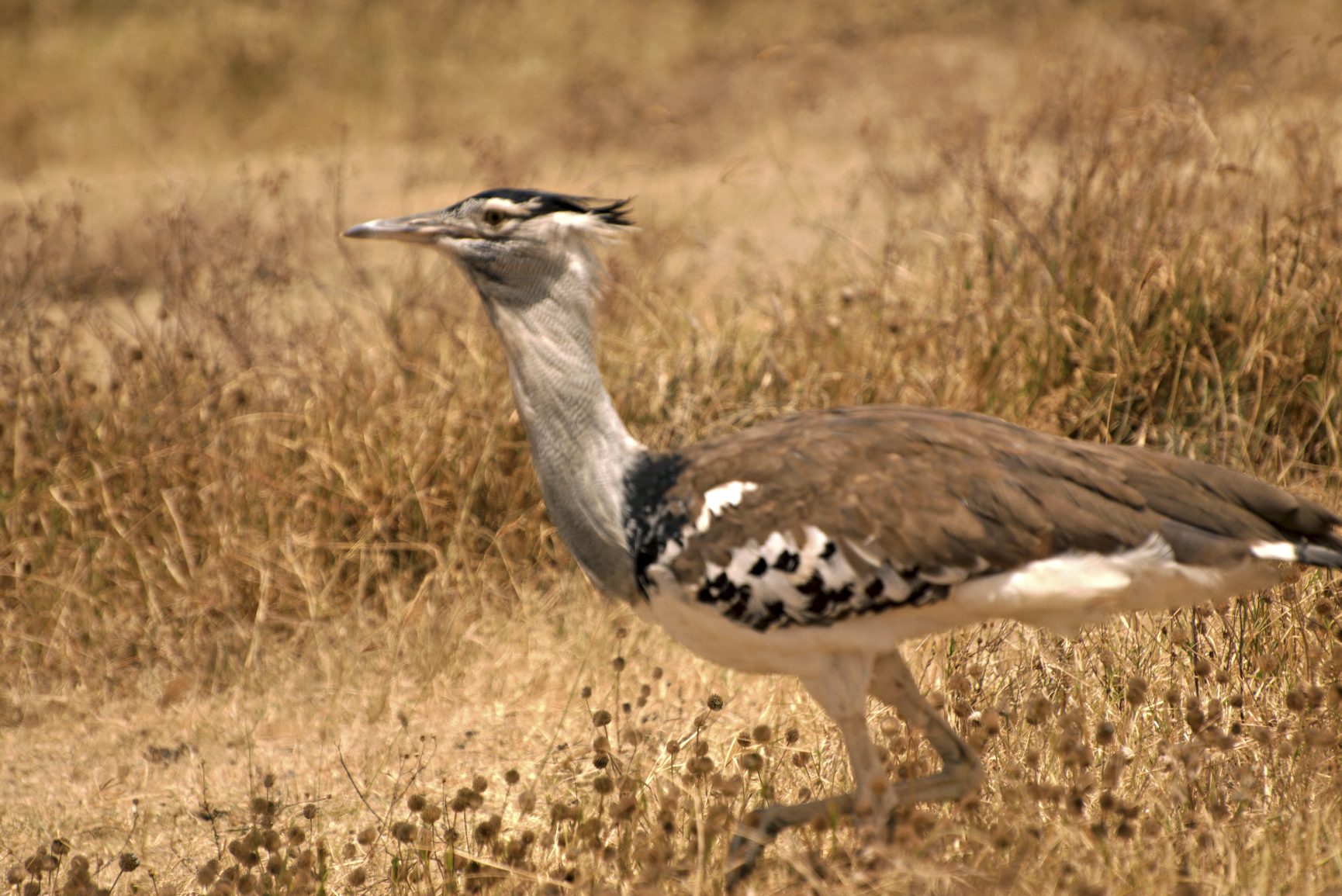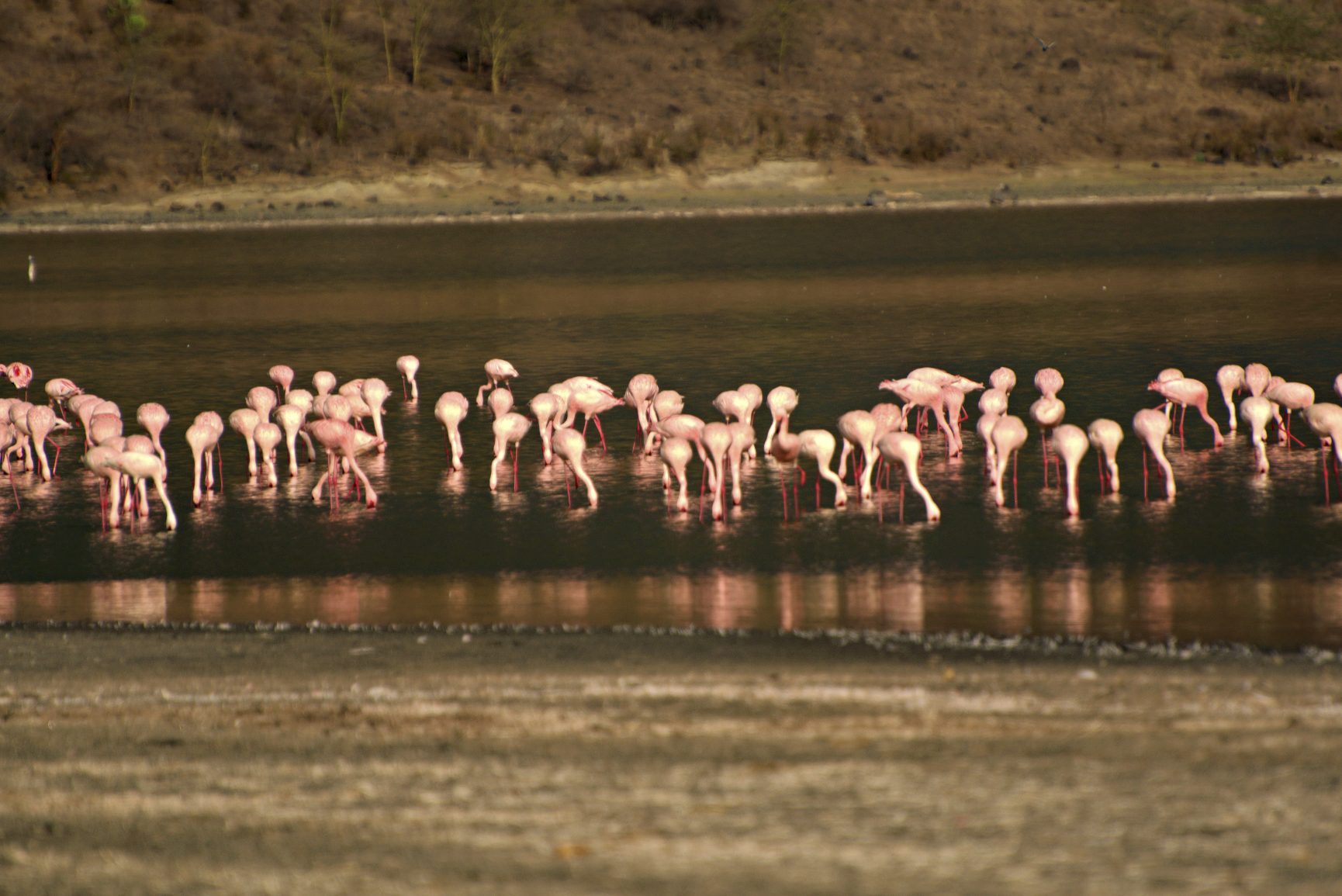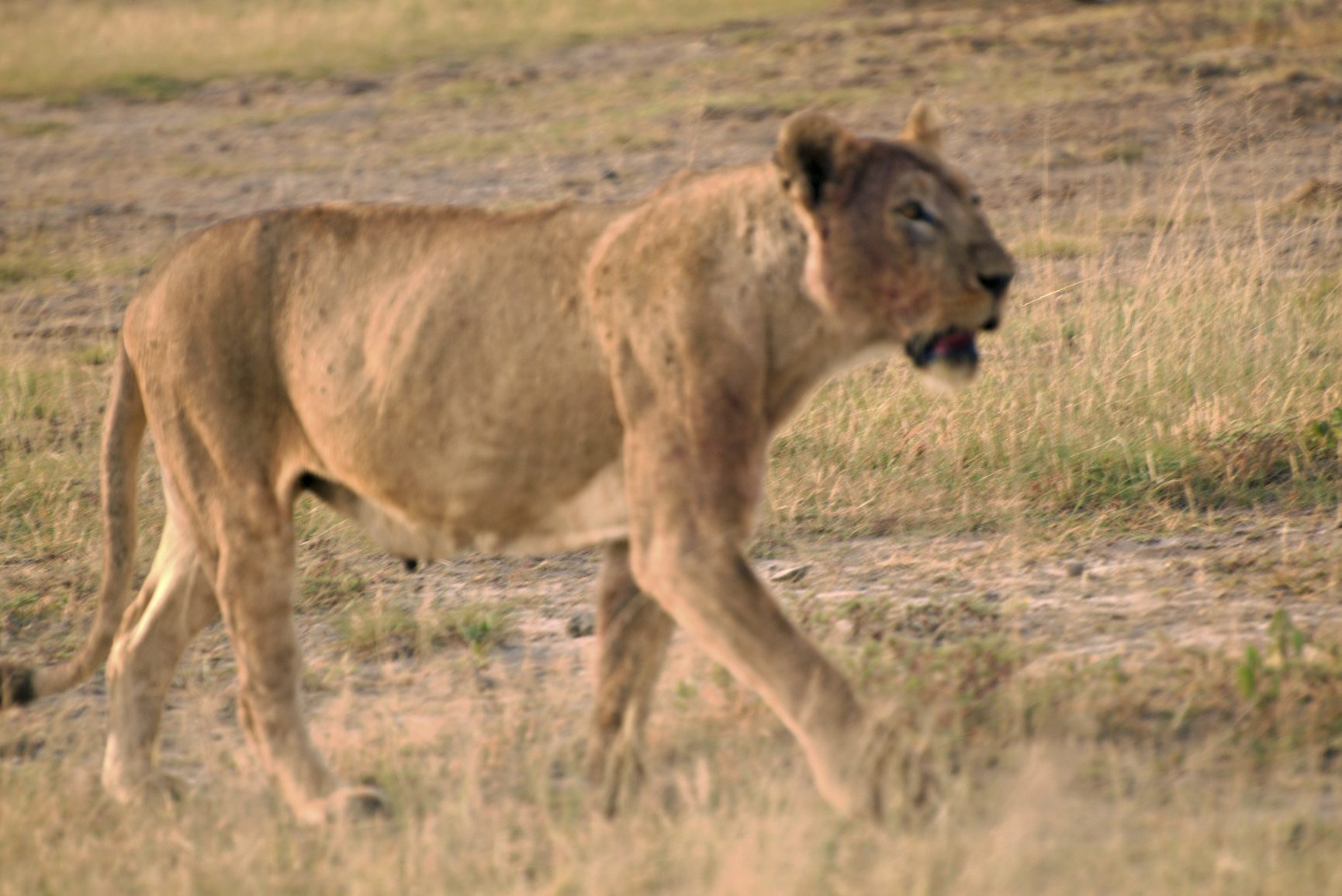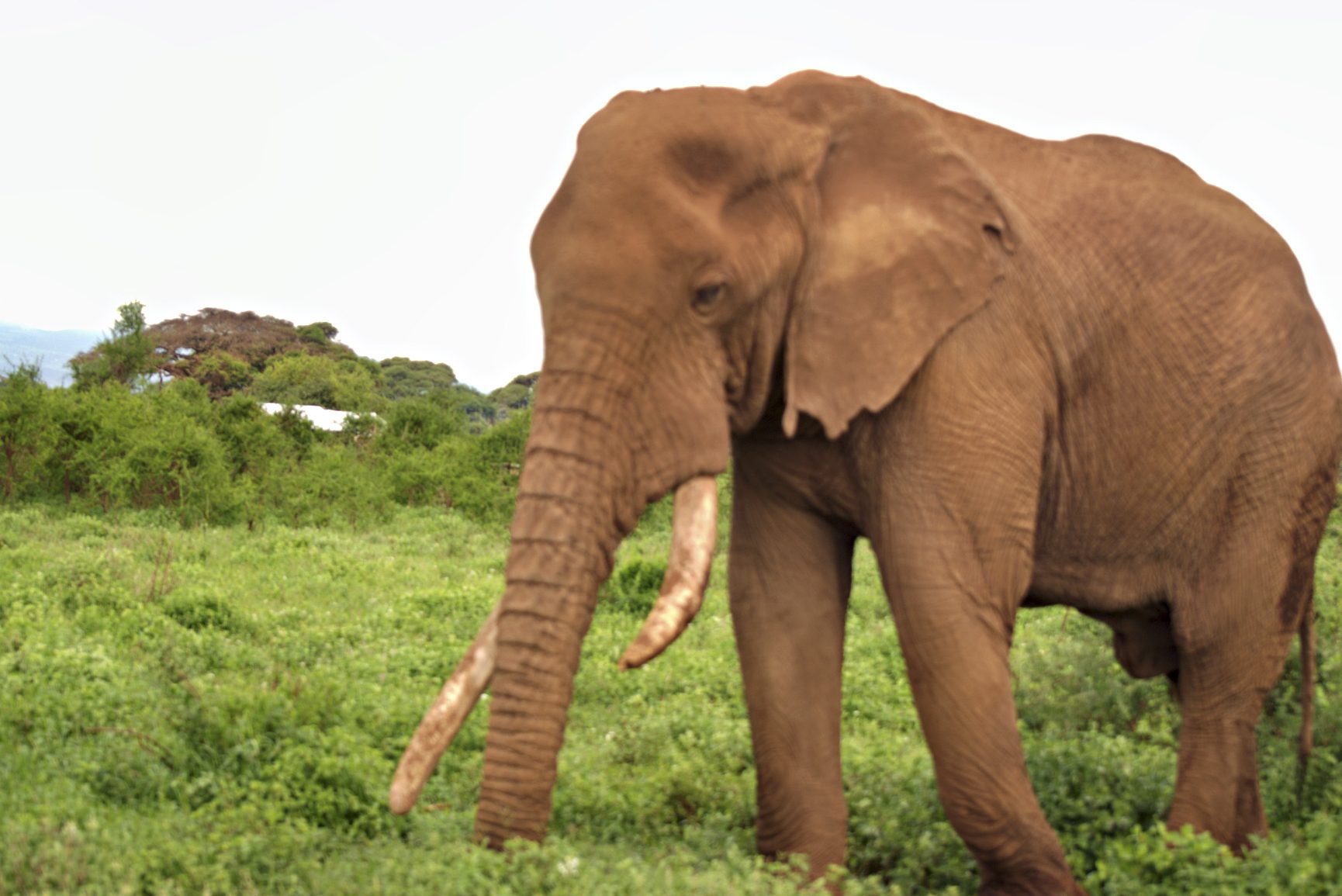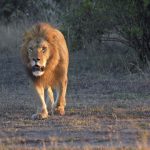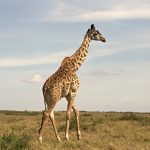NGORONGORO CONSERVATION AREA
The natural protection of the crater’s 600 m (1,968 ft) high walls helps many species to thrive. This is the best place in Tanzania to see critically endangered black rhino. Wildebeest, zebra, eland and gazelle carpet the short grassland, watched hungrily by lion, cheetah, wild dog and hyena. And the waters of Lake Magadi are often mottled pink by flamingos.
Ngorongoro Crater is part of the Ngorongoro Conservation Area, a UNESCO World Heritage Site that spans 8,300 sq km (3,200 sq miles) across Tanzania’s Crater Highlands. Away from the hive of activity around the crater you can take in more volcanic scenery, including two smaller craters — Olmoti and Empakai. You also have the sheer cliffs of the Great Rift Valley, and the vivid waters of Lake Natron, a salt and soda lake tinged raspberry and orange by salt-loving microorganisms.
There are lots of hiking opportunities in these untouched areas, taking you through forests, grasslands and rocky outcrops, and into volcanic craters along Maasai cattle trails. You can also spend time in Maasai communities for an authentic taste of their culture, where you can have a go at herding cattle and visit a local soko (market). Within the Ngorongoro Conservation Area is Olduvai Gorge, one of the most significant sites for hominid fossil discoveries in the world. It was in this steep-sided gorge that the earliest known human ancestors lived just under two million years ago, and some of their petrified remains were found here during the mid-20th century. You can visit the gorge’s museum, where real fossils and casts of the early human skulls are on display.
Ngorongoro Conservation Area: The Experience
The Ngorongoro Conservation Area, between the Great Rift Valley and Serengeti, is home to a variety of ecosystems including highland plains, savannah, grassland, forests and marshlands. This creates a diverse landscape that offers habitats well-suited to a wide range of wildlife. Travellers visiting the Ngorongoro Conservation Area can enjoy a number of incredible and unique experiences such as: exploring its nine volcanic craters (one of which is the largest unbroken volcanic caldera in the world), viewing the dense wildlife populations – including the Big 5, observing Ngorongoro’s abundant prolific birdlife, and witnessing the evolution of the human race at Olduvai Gorge.
The Ngorongoro Crater – with its lush green plains, woodland trees and wildflowers – is one of the most popular travel destinations in Tanzania. A stunningly beautiful place, it’s often referred to as the ‘Garden of Eden’. Ngorongoro has been the site of numerous archaeological discoveries over the years, and it’s now one of the best places for safari in East Africa. The caldera is of scientific importance as important discoveries were made here that shed light on the path of human evolution. Aside from the main caldera, there are two other volcanic craters: the Olmoti and Empakai. The Olmoti is famed for its beautiful waterfalls, and the Empakai is known for its deep lake and lush green walls.
Ngorongoro Conservation Area: Birdlife
Both the Ngorongoro highlands and the crater offer excellent birding, with over 500 species recorded. Birdlife in the highland forest is rich and interesting. Among the birds to be seen are white-eyed slaty flycatcher and Livingstone turaco. A number of specialized grassland birds are resident in the crater. Most noticeable are ostrich, kori bustard, crowned crane and the secretary bird. Migratory birds are present from November to April.
Although birdlife is generally good throughout the year, from November to April migratory birds from Europe and northern Africa are present, and many resident birds are in breeding plumage. This makes it the best time for bird watching. The best time to watch wildlife is during the Dry season, which is June to October.
For more information, Go TO
NGORONGORO CONSERVATION AREA WEBSITE

